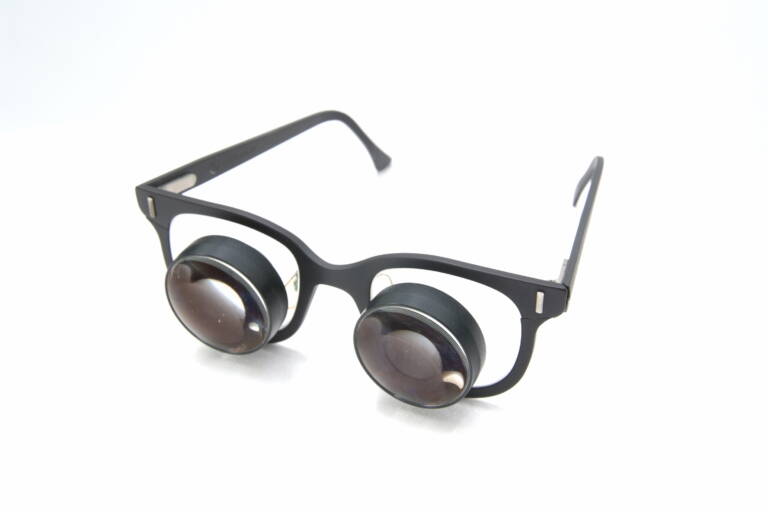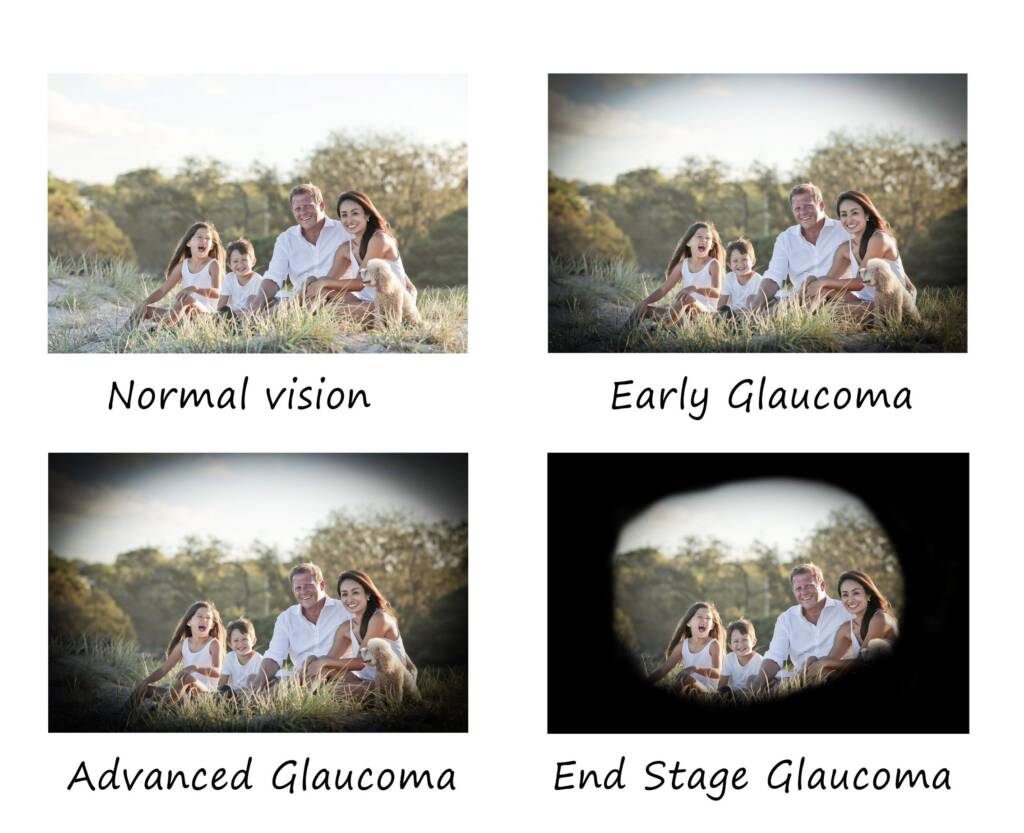Glaucoma is a result of multiple eye malfunctions. It is the leading cause of irreversible blindness. Often called “the sneak thief of sight,” there are no symptoms, and a person can lose up to 40% of their vision before they notice.
While not reversible, glaucoma can be slowed down and treated. Early detection by an optometrist or ophthalmologist is crucial.
Those with glaucoma can lose peripheral vision as well as central vision. Such vision loss prevents people from reading, watching television, seeing loved ones, and driving. Difficulty in doing these activities would trigger someone to contact Low Vision Restoration either directly or from a doctor referral. During the free phone consultation (612-729-3030), we determine if the person with glaucoma would be a candidate for our services and if so, schedule an appointment for an in-person low vision evaluation.
As a low vision optometrist, I work diligently to help enhance patients’ vision through low vision glasses such as bioptic and full diameter telescopes, high-powered microscopic reading glasses, or other low vision devices. I can improve the vision of many glaucoma patients and greatly enhance their quality of life.

A pair of bioptic glasses that could be used for someone with glaucoma
More About Glaucoma
Glaucoma occurs when there is a malfunction in fluid flow in the area that connects the cornea and the iris and disturbs the system. When pressure (intraocular pressure or IOP) builds, it causes damage to the optic nerve in the eye, and the person experiences blind spots in their vision. Since the optic nerve transmits the nerve signals from the retina to the brain, it is irreversible. Nevertheless, one can slow and prevent it if recognized early.

Types of Glaucoma
Open-Angle Glaucoma
Open-angle glaucoma is the most common type of glaucoma reported in the US. It is due to clogging that occurs deep inside the eye’s drainage canals causing intraocular pressure. The symptoms of open-angle glaucoma are not obvious. Some medications have proven to be effective with early detection.
Normal-Tension Glaucoma
Normal-tension glaucoma is like open-angle glaucoma except that the pressure that builds up does not surpass the average range (i.e., 12-21mm Hg).
Angle-closure Glaucoma
Angle-closure glaucoma occurs when the IOP builds quickly. The drainage canals get blocked over it prevents the iris from opening and taking normal shape. This classification of glaucoma has symptoms such as headache, eye pain, rainbows around light at night, etc.



